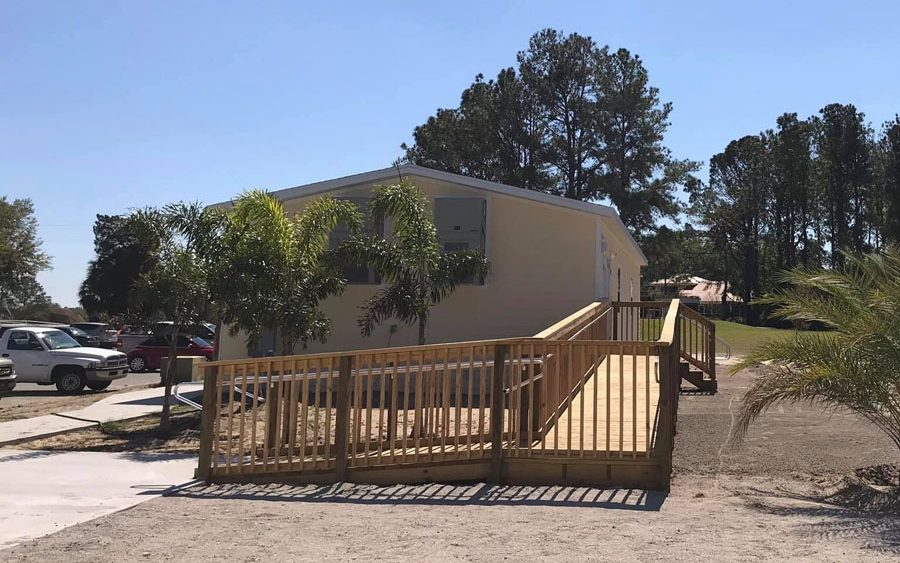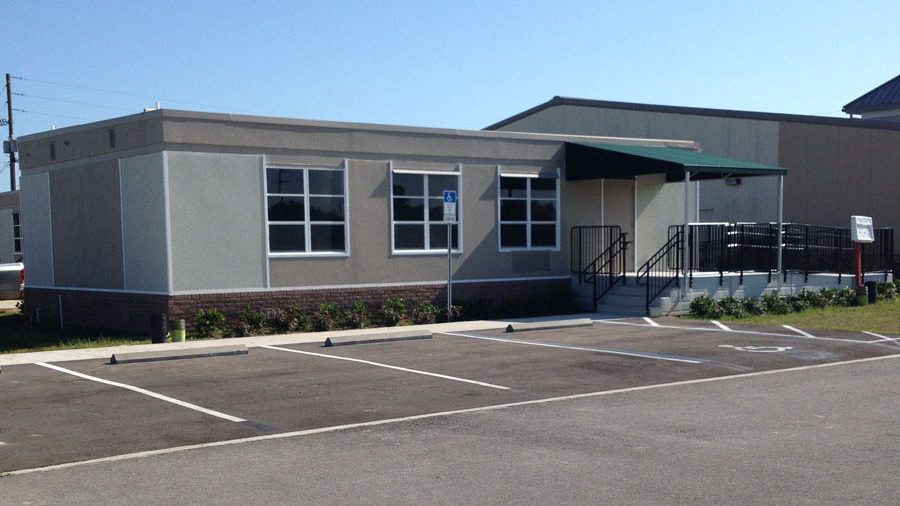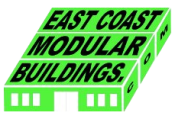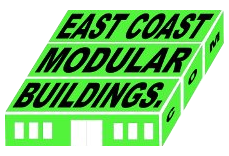The Rise of the Prefab Commercial Building: A Game-Changer in Construction

The construction industry has undergone a significant transformation over the years, with innovative technologies and construction methods continually reshaping the way we build. One of the most promising developments in recent years is the rise of prefab commercial buildings. Prefabricated or prefab buildings are structures that are manufactured off-site, in controlled environments, and later transported to their final locations for assembly. These prefab commercial buildings have become a game-changer in the construction sector, offering numerous advantages in terms of efficiency, sustainability, and cost-effectiveness.
In this article, we will delve into the world of prefab commercial buildings, exploring what they are, the various types available, and the advantages and challenges they present to the construction industry. We will also discuss some notable examples and case studies, demonstrating how these structures are shaping the future of commercial construction.
The Growth of Prefab Commercial Buildings
The concept of prefabrication in construction dates back centuries, but the modern prefab commercial building industry has seen remarkable growth in recent years. This growth can be attributed to several factors, including advancements in technology, increased environmental awareness, and a growing demand for cost-effective and efficient construction solutions.
Today, prefab commercial buildings encompass a wide range of structures, from office spaces and retail stores to healthcare facilities and educational institutions. They are no longer limited to simple, utilitarian designs; instead, they offer a wide array of design options and customization possibilities.
Types of Prefab Commercial Buildings
Prefab commercial buildings come in various forms, each designed to meet specific needs and requirements. Here are some of the most common types:
Modular Buildings: Modular buildings are composed of individual modules or sections that are manufactured in a factory and then assembled on-site. They are highly versatile and can be used for offices, schools, healthcare facilities, and more.
Container Conversions: Shipping containers have found new life as prefab commercial structures. These structures are cost-effective and sustainable, making them an excellent choice for pop-up shops, cafes, and even art galleries.
Panelized Buildings: Panelized construction involves manufacturing wall panels, floor panels, and roof panels in a factory, which are then transported to the construction site for assembly. This method is efficient and often used for residential and commercial buildings.
Pre-Engineered Buildings: These buildings are designed and fabricated according to precise engineering specifications, often used for warehouses, factories, and other industrial facilities. Pre-engineered buildings are known for their efficiency and cost-effectiveness.

Advantages of Prefab Commercial Buildings
Speed of Construction: One of the most significant advantages of prefab commercial buildings is the speed of construction. The manufacturing process takes place concurrently with site preparation, significantly reducing project timelines. This can be particularly advantageous when businesses need to open or expand quickly.
Cost-Efficiency: Prefab buildings are often more cost-effective than traditional construction methods. Reduced labor costs, less material waste, and shorter construction timelines all contribute to the overall affordability of prefab structures.
Quality Control: Prefabricated components are manufactured in controlled environments, allowing for stringent quality control measures. This results in higher-quality structures with fewer defects and construction-related issues.
Sustainability: Many prefab commercial buildings are designed with sustainability in mind. The controlled manufacturing process minimizes material waste, and the use of eco-friendly materials and energy-efficient designs can make these structures more environmentally friendly.
Customization: Contrary to the misconception that prefab buildings lack design flexibility, they can be highly customized to meet the specific needs and aesthetic preferences of clients. Architects and designers have a wide range of options when it comes to exterior finishes, interior layouts, and architectural styles.
Challenges and Considerations
While prefab commercial buildings offer numerous benefits, there are also some challenges and considerations to keep in mind:
Site Preparation: Proper site preparation is crucial for the successful installation of prefab buildings. It involves excavation, foundation work, and utility connections. Inadequate site preparation can lead to issues during assembly.
Transportation: Transporting prefabricated components to the construction site can be challenging, especially for large or heavy structures. This requires careful logistics and coordination.
Design and Permitting: The design and permitting process for prefab buildings can sometimes be more complex than traditional construction, as it requires a deep understanding of the local building codes and regulations.
Limited Local Workforce: In some areas, finding a skilled local workforce familiar with prefab construction techniques may be challenging. Training or importing labor may be necessary.

Notable Examples and Case Studies
To showcase the effectiveness of prefab commercial buildings, let’s explore some notable examples and case studies:
Starbucks Drive-Thru Stores: Starbucks has embraced prefab construction for their drive-thru locations. These structures are manufactured off-site, transported to the desired location, and assembled within days, allowing the coffee giant to expand rapidly and efficiently.
The Cubes at Lehi, Utah: This commercial development consists of multiple prefab modular office spaces. The use of modular construction allowed for faster occupancy, cost savings, and a contemporary design that stands out in the area.
The Sharp Project, Manchester: The Sharp Project is a thriving media production campus built using converted shipping containers. This creative workspace provides affordable offices and studios for media businesses, fostering innovation and collaboration.
Prefab commercial buildings have revolutionized the construction industry, offering numerous advantages in terms of speed, cost-efficiency, quality control, sustainability, and customization. These structures have evolved from basic, utilitarian designs to innovative, aesthetically pleasing spaces, making them a compelling choice for businesses looking to expand or set up new locations.
While there are challenges and considerations, such as site preparation, transportation, and design complexity, the benefits of prefab construction make it a worthwhile option for many commercial projects. As technology and materials continue to advance, we can expect even greater innovation and growth in the prefab commercial building sector, ultimately reshaping the future of construction.

